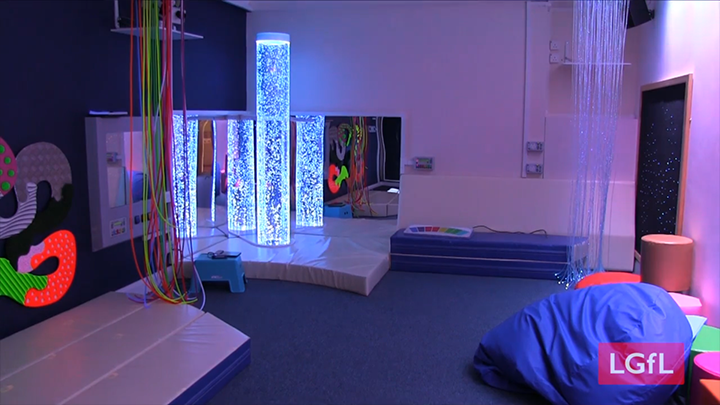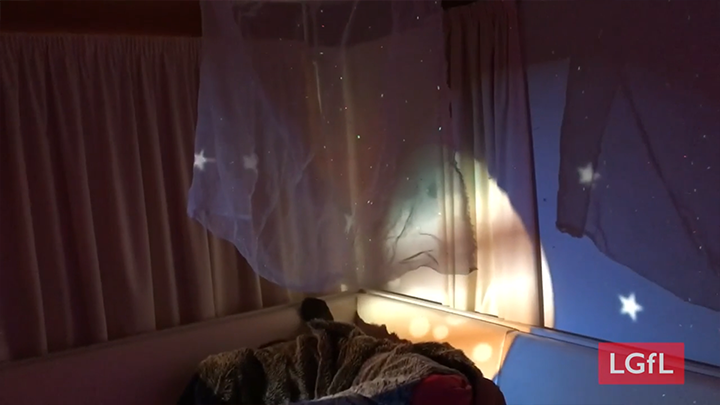Module 6C: Setting up a Multisensory room
If you are setting up a Multisensory room, here are some key points you may wish to consider for the design of this space. These are relevant if you are going to ‘self-build’ a room, or have a room installed by a sensory company (click the arrow to expand each one or click here to expand all of the examples below).

Supporting Documentation (Click to download)

Key Points
- Several key issues are critical to the good design of a Multisensory room which will benefit your learners
- Addressing these key issues are easiest at the start of setting up a Multisensory room
- Getting these basics right means your Multisensory room will be an effective learning space

Thinking Point
Which of these key issues in the design of a sensory room would be most important in your setting and for your learners?









